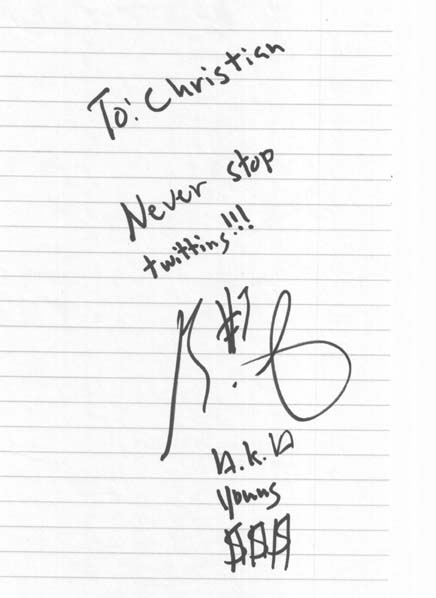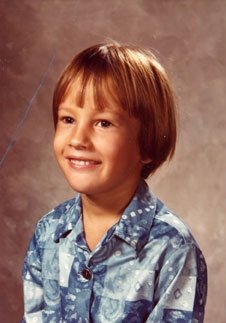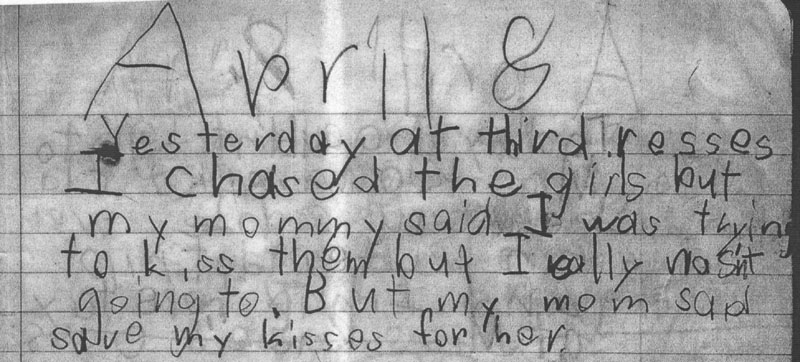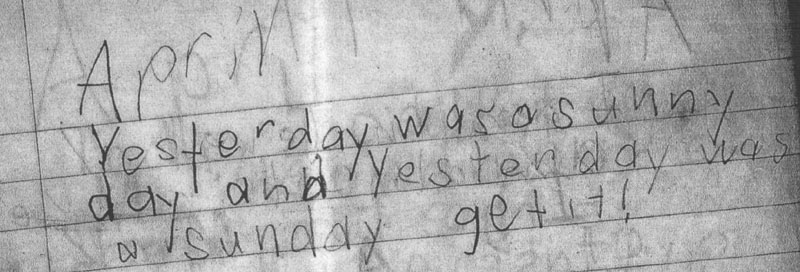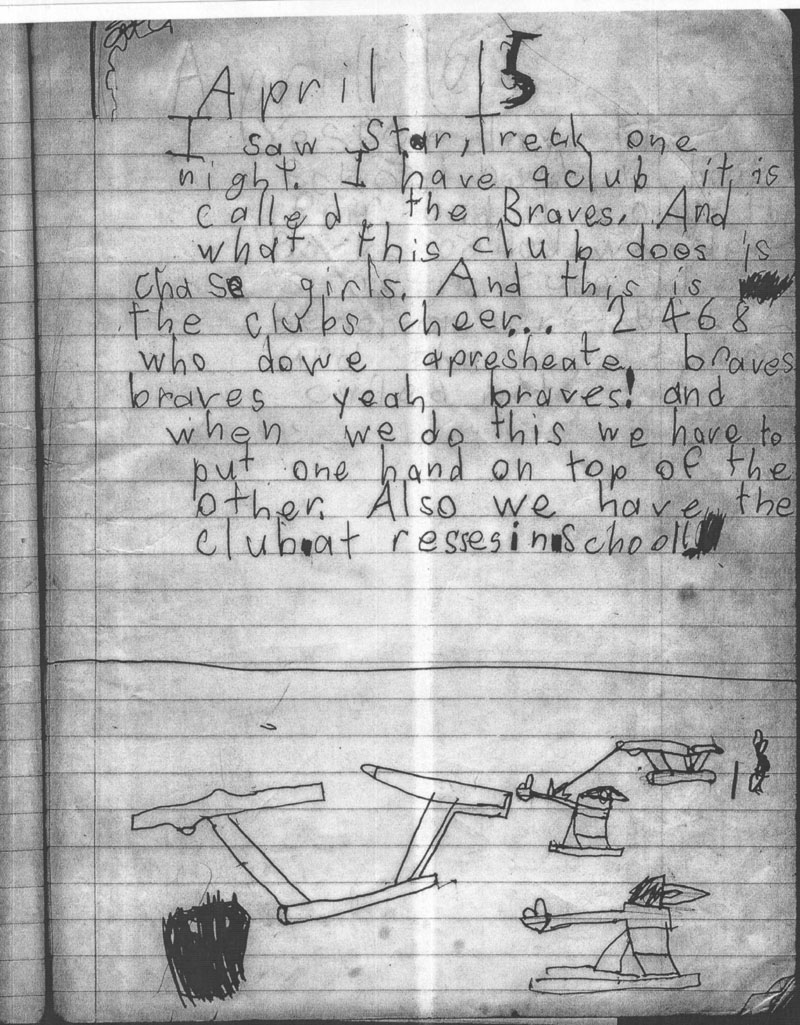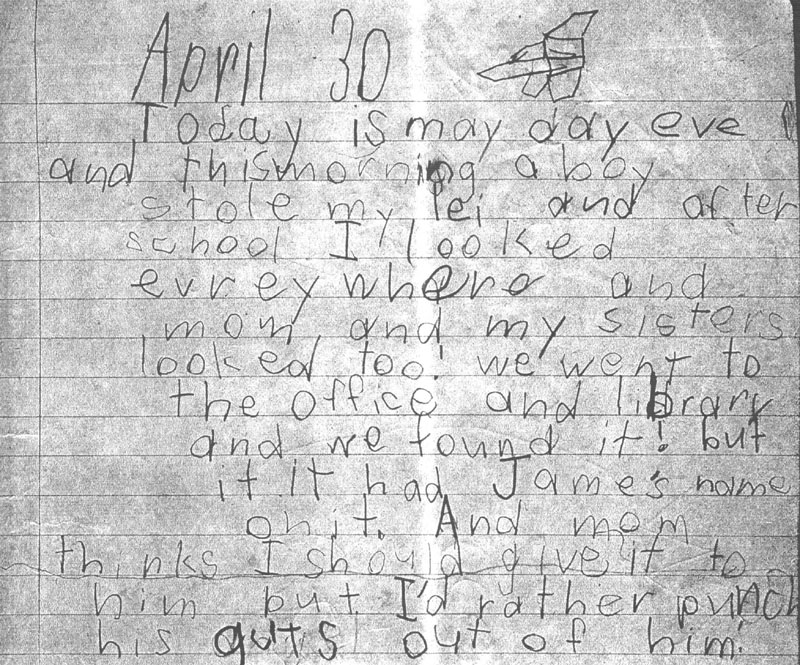Let me go on record. The Tea Party movement is wonderful. It gets people involved in the political process who normally never would. It forces viewpoints into the public that are sometimes hard to find. And Tea Parties irritate just the right people. They are on their way to being the most important movement for conservatism (or libertarianism, in some cases) in the past twenty years.
I attended the Tea Party at the Wisconsin State Capitol last weekend, and filed this video report. It was a great event – as I documented, plenty of colorful people showed up. It was funny – many of my liberal friends e-mailed me to express shock that I was “hard” on the Tea Partiers, while my conservative friends universally liked the friendly jabs I took. (My goal is to one day have an obituary headline like H.L. Mencken’s: “Mencken, Critic of All, Dies.”) I figured these are my people – I can kid with them a little, right?
In any event, despite the steaming bowl of wonderfulness that Tea Parties bring to American political discourse, there are always ways to improve them. As I walked around and observed the festivities, I jotted down a few things I think could help build on the great event that the organizers put together this year:
1. RECALIBRATE THE LANGUAGE
I hate paying taxes. You hate paying taxes. But several of the speakers took this meme to the next level, saying taxpayers are being “raped” and that taxpayers have become “slaves.” And they said it over and over and over.
Let’s be clear: paying exorbitant taxes is not like being raped. And the government taking more of your income, as damaging to your wallet and the economy as it is, is not akin to slavery. (Nobody on a boat headed to America from Africa in the 1800s was saying “boy, I hope they don’t tax my capital gains.”)
There are plenty of reasons to be irate about paying high taxes in order to fund wasteful government spending. But a truly skilled speakers can relay that outrage without slipping into offensive hyperbole. Using words like “rape” and “slavery” only serve to marginalize the great movement that has been built to this point.
2. CANDIDATES AND ELECTED OFFICIALS – IN OR OUT?
In years past, it seems like a conscious effort has been made to keep elected officials and candidates from speaking at the Tea Party rallies. But every now and then, one will slip into the mix. This year, Ron Johnson, who is thinking about taking on U.S. Senator Russ Feingold, was given a platform to speak, while other candidates were left off the docket. (Johnson’s speech was really good, incidentally.) Last year, fiscal dreamboat Paul Ryan spoke to the crowd, but other elected officials fighting for conservatism at the state level weren’t allowed to speak.
It seems one of the themes of the Tea Parties is that they aren’t connected to specific candidates or political parties. Sure, they’ll get behind candidates with whom they agree (they are in the process of endorsing candidates all over the country), but many of their members have just as much animosity towards Republicans as they do Democrats. Tea Party organizers should make it more clear what the standard is for allowing current elected officials to speak – there are plenty of state officials that would be really good.
3. COUNTRY MUSIC
Not all conservatives like country music. Just stop it. It’s almost like the musical selection is being written by what Keith Olbermann thinks right wingers would want to hear.
4. THE CULT OF PERSONALITY
Much has been made of former Governor Tommy Thompson’s appearance at the Tea Party in Wisconsin last week, where he announced he would not be running against Democratic U.S. Senator Russ Feingold. In some respects, Tommy injected free-market conservatism into areas of state government that badly needed it (school choice, welfare reform, etc.) But in other areas, Thompson represents exactly the type of politician that Tea Partiers despise. Even Thompson’s staunchest defenders wouldn’t necessarily consider him thrifty with taxpayers’ money.
But when Tommy wanted to speak at the Tea Party, the organizers were stuck with a quandary: Do we exclude the most popular politician in the state, even if he’s only there to serve his own purposes?
Thompson’s appearance weakened the message of the Tea Party – it told attendees that the event was more about personalities than ideas. Tommy’s announcement sucked media attention away from the people who had traveled to Madison from all over the state to be there, and focused it all on himself. And the fact that his speech led people to believe he was going to run, then pulled the rug out from under them, just discouraged the crowd.
In the future, organizers should reconsider if they’re going to allow their well-meaning event to be the host for individuals to latch on to serve their own purposes. It happened this year, and damaged the event.
5. EASY ON THE MEDIA
Nothing gets a crowd of conservatives riled up (and rightfully so) than speakers slamming the liberal media. And speaker after speaker did just that. It was ironic, however, that they did so while dozens of media cameras were right there at stage side, and while just as many nattily-attired reporters were roasting under the hot sun all day covering the event. We can rip them all we want when they pass on lefty talking points (and I will continue to do so), but on this day, they deserved credit for being there. Chastising the media when they’re right there in front of the stage covering you looks self-defeating. (Samuel Alito just mouthed the words, “I agree.”)
6. TAILGATING
Seriously – who’s ever heard of a Wisconsin event where thousands of people get together and there’s no tailgating? Someone figure out the grilling rules for the Capitol lawn and let’s fire up the bratwurst.
7. LAUGH A LITTLE
Last week, speaker after speaker strode to the stage, veins bulging, demanding we take our country back. (By the way, the new Tea Party Drinking Game involves taking a drink any time any speaker says “of the people, by the people, and for the people.” You’d be drunk in 15 minutes.)
It might be a nice change to have some speakers that can use a little humor to make their points. The stereotype of conservatives is that they are angry and humorless. While there’s plenty of reason to be angry, there’s also enough reason to laugh at what’s been going on in America. It disarms people and makes the speaker seem smarter than they probably are. Plus, it would be a nice change of pace from the apocalyptic rhetoric we get from the rest of the speaking lineup.
8. TELL US WHAT TO DO
While some of the speakers mentioned some specific issues (Apostle David King, for instance, denounced the “ding dongs” in the Legislature about to pass a bill making it easier to commit vote fraud), many of them discuss conservatism and limited government in the abstract. Many of them go on at length about the Founding Fathers (including an interminable speech by a guy dressed like Thomas Jefferson) and recite passages from the U.S. Constitution. (Rule of thumb in politics: 90% of people who start talking to you about the true meaning of the Constitution are lunatics.)
More emphasis should be given to what people can do RIGHT NOW. The Founding Fathers are great, but Ben Franklin isn’t crawling out of his crypt to stop the global warming bill in the Wisconsin State Legislature. The people in the crowd on the capitol lawn have to do that. Immediately.
It would be helpful if the groups organizing the Tea Party had a framework for taking action on important bills right away. Schedule visits to legislator offices. Form a Political Action Committee and get people to donate to it while they’re all standing right there. Give them the tools they need to go back home and start making a difference.
9. TOO MUCH OF A GOOD THING
It seemed like there were a dozen speakers on the docket last Thursday. (I’m not sure how many there ended up being, but it was in that area.) The crowd seemed like it would have been just as happy with maybe five or six high-caliber speakers, as opposed to a dozen speakers of varying quality.
10. FEWER SIGNS THAT REFER TO BENDING OVER AND GRABBING ONE’S ANKLES
This one is self-explanatory. I would pay cash money for people to avoid providing me with this visual.
***
The Tea Parties are on a roll – and getting people involved in spreading the message of limited government is always a good thing. But they could certainly build on those successes, and focus that discontent into actual change. And I’ll certainly be there next year to help. Until then, we should all be grateful we live in a country where we can go buy a sandwich that uses two fried chicken patties as buns.

God bless you, Founding Fathers.
 1987 was a big year for the Cincinnati Reds’ athletic young star Eric Davis. The graceful, lithe outfielder was coming off a breakout season in which he hit 27 home runs and stole 80 bases. He was a combination of power and speed the league hadn’t seen in some time (and wouldn’t see for at least one more year, when a skinny rookie named Barry Bonds would make his debut.) In their 1987 season preview, Sports Illustrated called Davis “the Michael Jordan of baseball.”
1987 was a big year for the Cincinnati Reds’ athletic young star Eric Davis. The graceful, lithe outfielder was coming off a breakout season in which he hit 27 home runs and stole 80 bases. He was a combination of power and speed the league hadn’t seen in some time (and wouldn’t see for at least one more year, when a skinny rookie named Barry Bonds would make his debut.) In their 1987 season preview, Sports Illustrated called Davis “the Michael Jordan of baseball.”
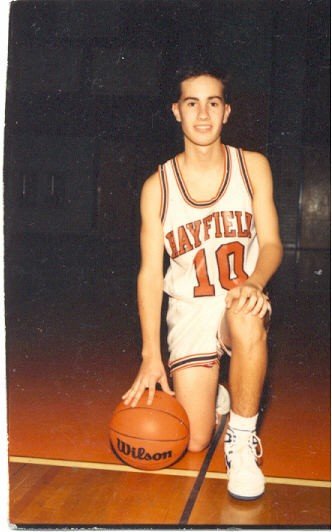 After playing ball my entire childhood, I was cut from my high school’s freshman team. I was so angry, I signed up to play on a church league team where I vowed to take it out on the other kids that weren’t good enough to make their freshman teams, either. My signature play was to bring the ball up and shoot it. When the other team caught on, I’d switch it up and let someone else bring the ball up and pass it to me. Then I’d shoot it.
After playing ball my entire childhood, I was cut from my high school’s freshman team. I was so angry, I signed up to play on a church league team where I vowed to take it out on the other kids that weren’t good enough to make their freshman teams, either. My signature play was to bring the ball up and shoot it. When the other team caught on, I’d switch it up and let someone else bring the ball up and pass it to me. Then I’d shoot it. It should also be noted that of the twelve teams in attendance, there were five white guys – total – at the camp. And three of them were on our team. Now, I was certainly no newcomer to the racial realities of basketball. My
It should also be noted that of the twelve teams in attendance, there were five white guys – total – at the camp. And three of them were on our team. Now, I was certainly no newcomer to the racial realities of basketball. My